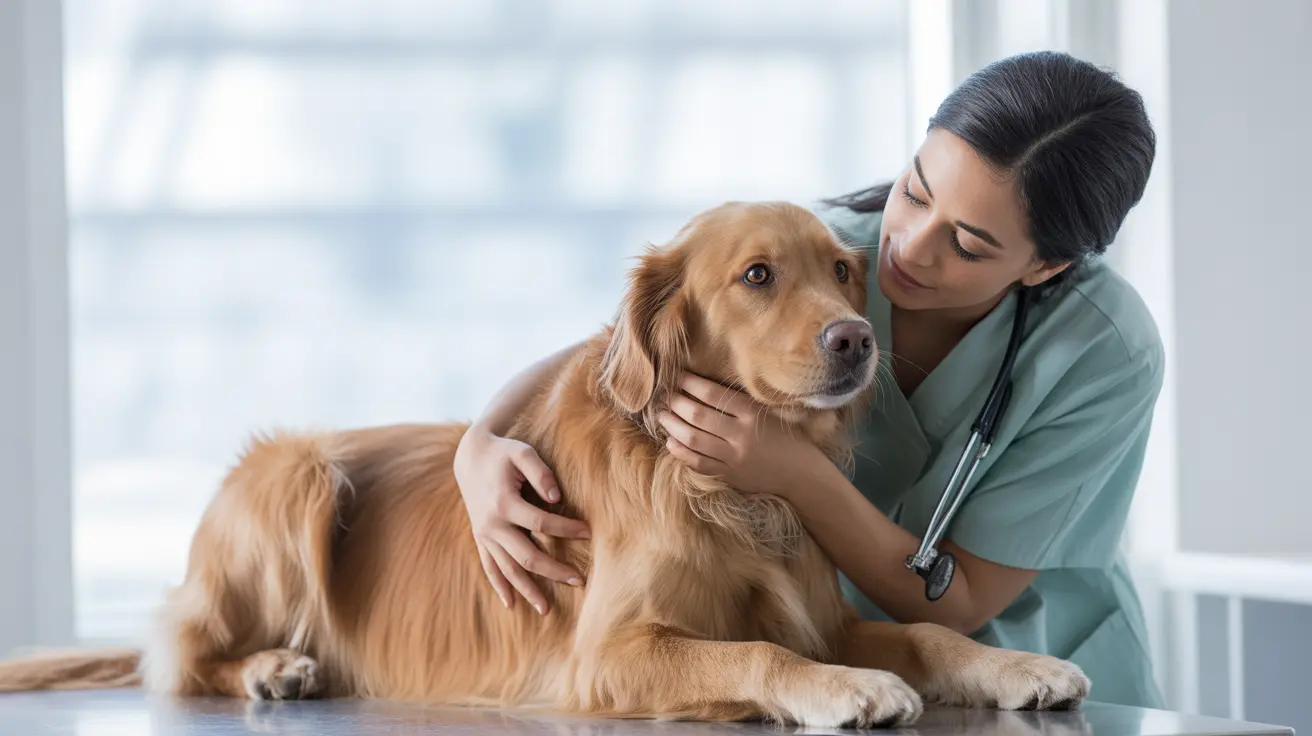Is Hydrogen Peroxide Safe for Pets?
Hydrogen peroxide is a common household item that pet owners may consider using in emergencies—particularly to induce vomiting in dogs. However, its use must be carefully controlled and guided by a veterinarian to ensure the safety of the animal. This article explores whether and when hydrogen peroxide can be safely used in pets, especially dogs and cats.
The Safe Use of Hydrogen Peroxide in Dogs
Hydrogen peroxide, when used appropriately, can help remove ingested toxins from a dog's stomach. However, making a dog vomit is not always the best action, depending on what was consumed.
- Dosage: A 3% hydrogen peroxide solution is typically used. The standard dose is about 1 teaspoon (5ml) per 5 pounds of body weight, not exceeding 3 tablespoons (45ml).
- Timing: It is most effective if administered within 2–3 hours of ingestion.
- Procedure: Dogs may be encouraged to eat a small meal beforehand to improve effectiveness. After dosing, walk the dog actively for 10–15 minutes.
- Reaction: Vomiting typically occurs within 10–15 minutes and may last up to 45 minutes. Do not exceed 2 doses.
Monitor your dog closely and contact a veterinarian if symptoms like prolonged vomiting, lethargy, or diarrhea occur. Collect vomit samples if possible in case analysis is needed.
When NOT to Use Hydrogen Peroxide
Inducing vomiting can be harmful or fatal in certain scenarios.
- The dog has already vomited, is lethargic, unresponsive, or having seizures.
- The ingested item was a caustic substance like bleach, drain cleaner, or a hydrocarbon like gasoline.
- The dog swallowed sharp objects or batteries.
- More than 2 hours have passed since ingestion.
- The pet is a brachycephalic breed (e.g., Bulldogs or Pugs), which are at greater risk of aspiration pneumonia.
- The dog has pre-existing conditions affecting airway protection.
In these cases, inducing vomiting can worsen the situation. Always consult a professional before taking any action.
Dangers of Hydrogen Peroxide Use in Cats
Hydrogen peroxide should NEVER be used in cats. Their digestive systems are particularly vulnerable to the solution, which can cause severe mucosal irritation or life-threatening consequences. If a cat has ingested something toxic, the only safe action is to contact a veterinarian immediately.
Dangerous At-Home Vomiting Remedies
Other common but dangerous methods should be absolutely avoided.
- Salt – Can cause fatal sodium poisoning.
- Olive oil or cooking oil – Risk of aspiration pneumonia.
- Ipecac syrup or manual gagging – Can lead to heart arrhythmias, aspiration, or physical trauma.
These approaches are unethical and dangerous. Use professional services whenever possible.
Veterinary Alternatives to Induce Vomiting
Veterinarians often use safer, more effective medications:
- Apomorphine – An injectable medication widely used in veterinary clinics.
- Clevor (ropinirole ophthalmic solution) – Eye drops that safely provoke vomiting.
These options are tightly dosed and administered in a controlled environment with immediate response capabilities, minimizing risk and ensuring better outcomes.
Final Recommendations for Pet Owners
Here’s what pet owners should keep in mind:
- Always call your veterinarian or poison control if you suspect ingestion of a harmful substance.
- Do not use hydrogen peroxide unless specifically instructed by a professional.
- Never use hydrogen peroxide in cats.
- Avoid all home remedies not advised by a vet.
- Act quickly—some toxins require immediate intervention, and delaying can lead to complications or death.
In conclusion, hydrogen peroxide can be safe for dogs when properly dosed and used under veterinary guidance. It is never safe for cats, and for all pets, professional consultation is essential before any action is taken.





